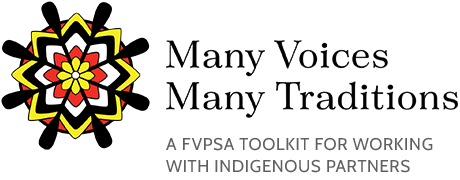The Family Violence Prevention & Services Act (FVPSA) Act is administered by the Family Violence Prevention & Services Program, which is a division of the Administration for Children and Families located in the U.S. Department of Health and Human Services. FVPSA is the only federally dedicated funding for domestic violence emergency shelters and programming.
There are dedicated FVPSA staff who are responsible for providing programmatic oversight, including training and technical assistance, to state administrators, state and territory domestic violence coalitions, and tribal grantees. The grantees are divided by region and each regional portfolio typically includes a combination of states, tribes, and coalition grantees. This model ensures continuity of technical assistance across the state and supports relationship building between the states, Indigenous Nations, and domestic violence coalitions.
FVPSA is committed to supporting indigenous communities in their efforts to prevent domestic violence and provide support and resources to Indigenous survivors and their children. In addition to providing the dedicated tribal funds, the FVPSA office holds annual meetings as part of their outreach and engagement with tribal grantees. These meetings are critical for tribal programs to build peer relationships, learn about FVPSA regulations, how to implement best practices, discuss barriers to providing services, and openly share about the issues they are dealing with that are unique to their communities.
Every other year the FVPSA office hosts a national meeting with State Administrators, State and Territory coalitions. Beginning in 2021, Tribal grantees will be included in this national convening. In 2019, FVPSA hosted five regional meetings across the nation that allowed for small group discussions among administrators, coalitions and tribal grantees. The outcomes of the regional meetings have been relationship building among participants, changes in several state’s state planning processes, revisions of state funding announcements, and facilitated conversations for individual states that focused on identifying state problems and gaps in services. For some states this was the first time that these three entities, State, Coalition and Tribal program, had spoken or worked together. Additionally, the FVPSA office infuses all of its training, discussions, and grant requirements/recommendations with information about the need to outreach, engage, support, and partner with Indigenous Nations.
